F.P. Journe: Chronomètre Optimum
8 November 2018“My watchmaking philosophy is to create watches that will still work in 200 years. Some made 200 years ago are still in working order today if they have been maintained regularly. It is for this reason that I only use solid materials that have proven their worth rather than modern materials that we will probably be unable to repair in a few decades”.
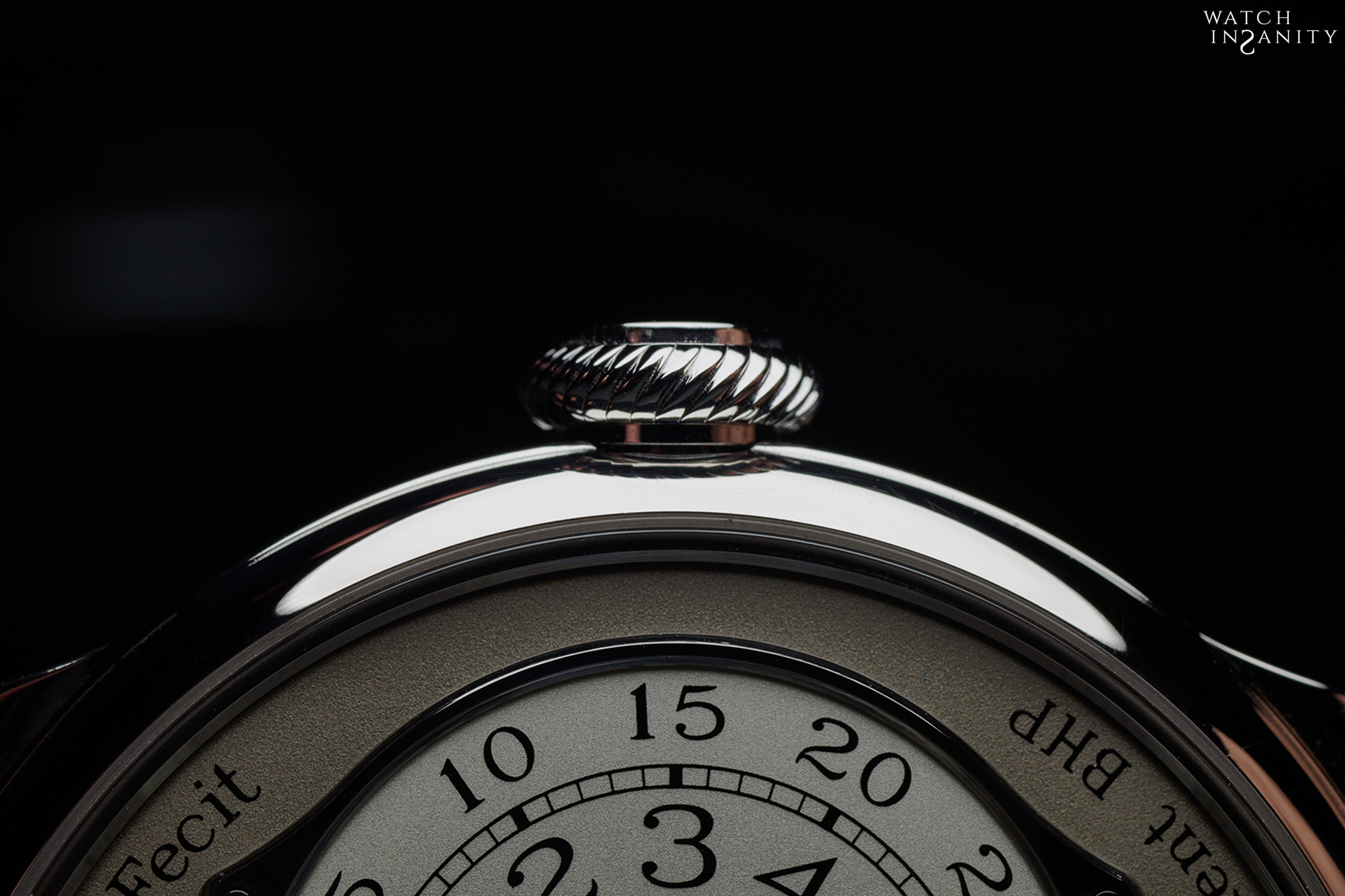
These few sentences by François-Paul Journe perfectly sum up the vision of the man who is considered among the greatest Master Watchmakers of the contemporary scene and perhaps the heir of Breguet, the father of Swiss watchmaking. In general, in this industry, the quest for the highest level of chronometry, or precision, is the main driver of the R&D of all Haute Horology brands, both the big houses and the small independent players. But F.P. Journe has actually made an obsession of this quest, and he doesn’t just want to achieve it with the ultimate timepiece, but he absolutely wants the timepiece to be lasting almost forever.
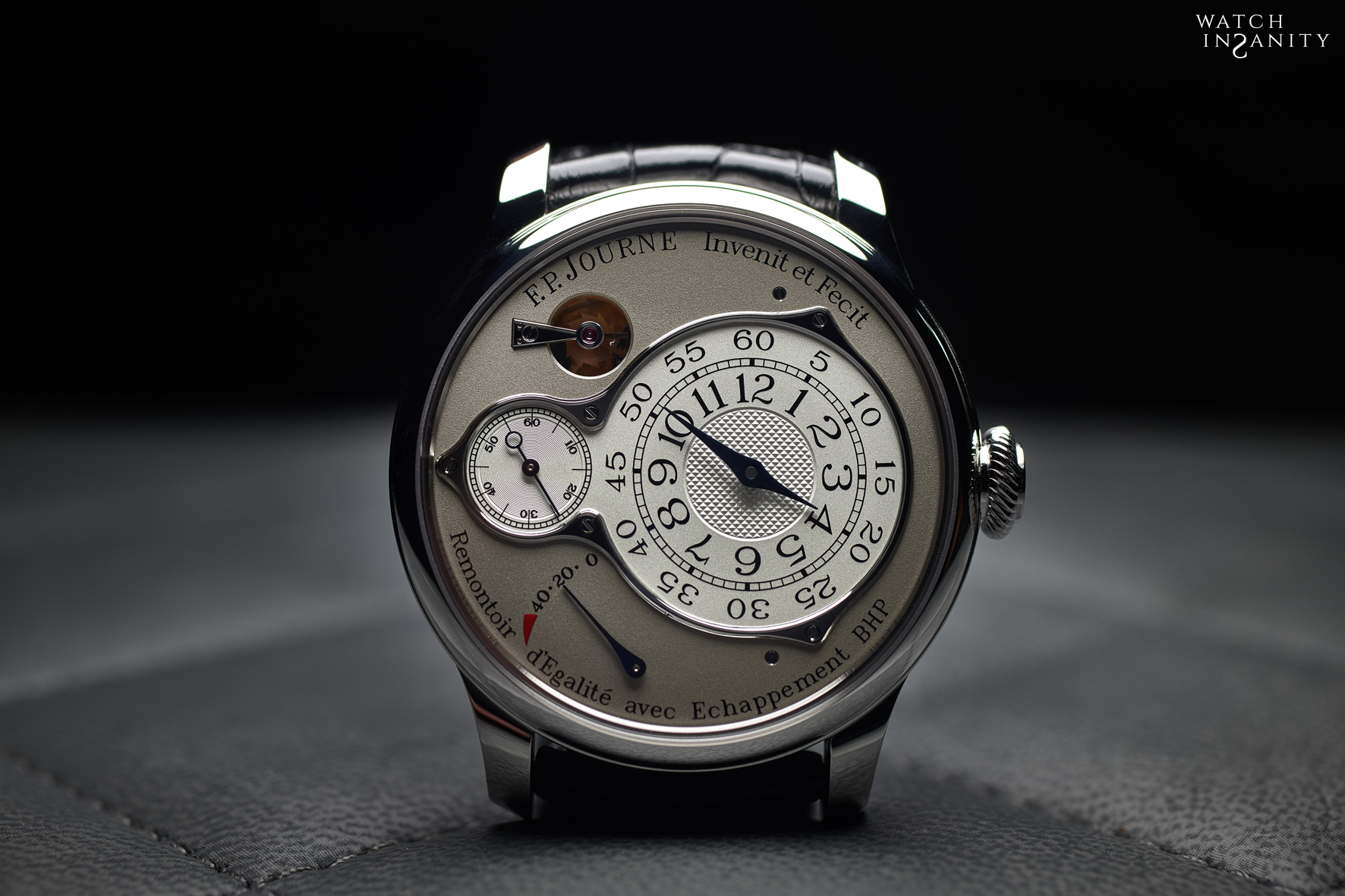
The last of his creations – which was actually designed in 2001 before the famous Tourbillon Souverain that Journe preferred to present before on the market – is the Chronomètre Optimum which joins the F.P. Journe “masterpieces club,” symbolizing the very essence of precision for a wristwatch endorsing the accomplishment of his chronometric research. The basic idea of the Chronomètre Optimum is to have the less internal friction possible, a constant force on the escapement to ensure isochronism, and an escapement without lubrication to ensure stability.
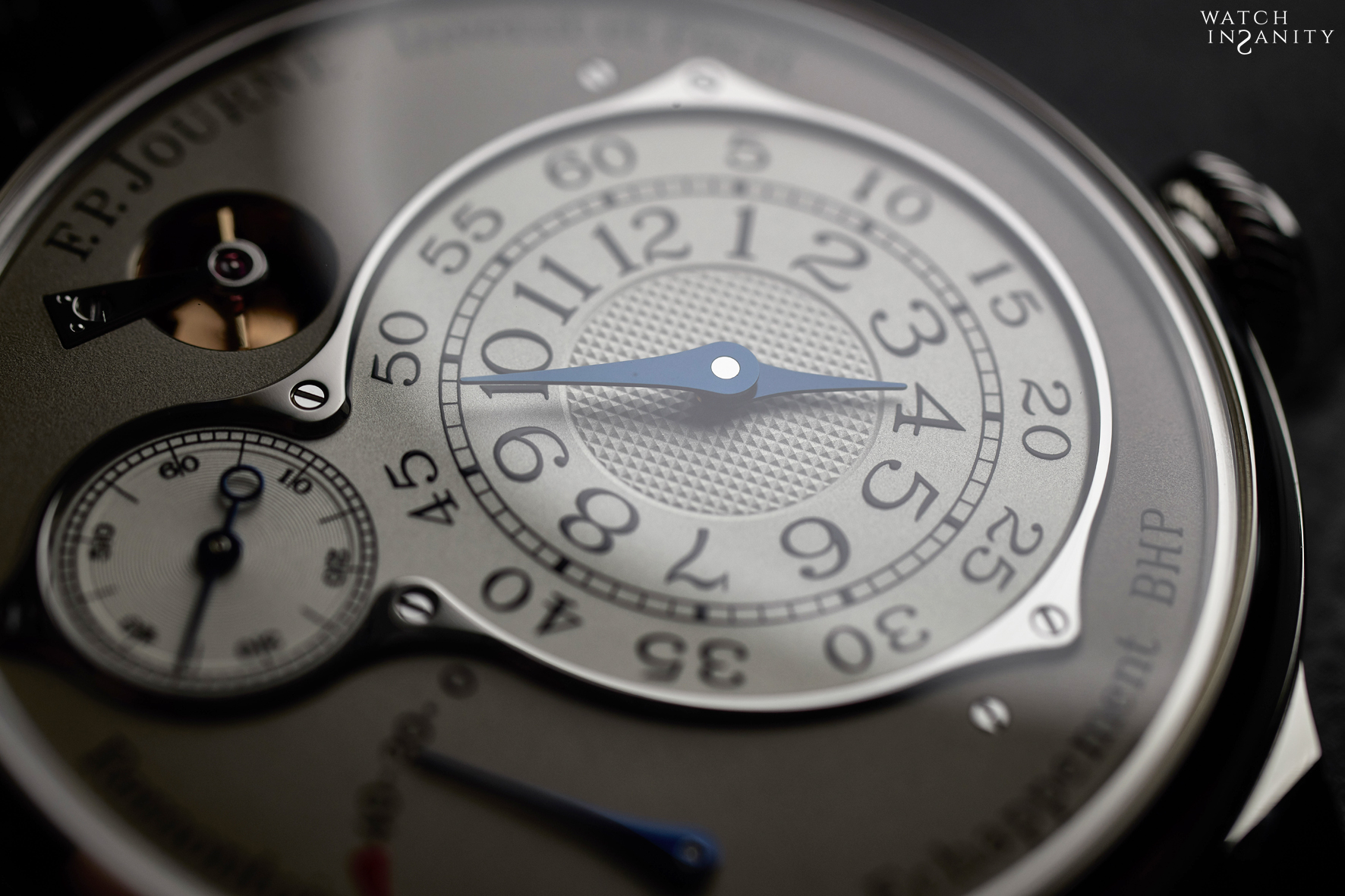
Let’s now examine all these 3 concepts (less friction, isochronism, stability) and how the watchmaker faced these challenges and found solutions in the Chronomètre Optimum. Talking about friction, in order to reduce it “the two parallel barrels eliminate the lateral pressure to which the great wheel is subjected and exert a more stable force on the wheel train,” explains Mr Journe. Isochronism means that the balance’s oscillation rate must always stay the same. Unfortunately the spiral is always imperfect, making it impossible to achieve this when amplitudes change due to the weakening energy of the spring. F.P. Journe’s patented mechanism of the constant-force remontoire – for the first time made of titanium – always gives the same strength to the escapement to make its thrust constant and keep its balance in different positions, for greater efficiency. “The constant-force remontoire achieves constant amplitude for the first 45 hours of power reserve,” continues François-Paul Journe. Finally, to achieve the perfect stability, the watchmaker came up with another innovation, also patented, the so-called EBHP High-Performance Bi-Axial Escapement. This two-wheel direct impulse escapement functions without oil and is the only direct impulse escapement to start up on its own. A ‘direct impulse escapement,’ as Francois-Paul Journe points out, means “that the escapement wheels supply the impulse directly to the axis of the balance.
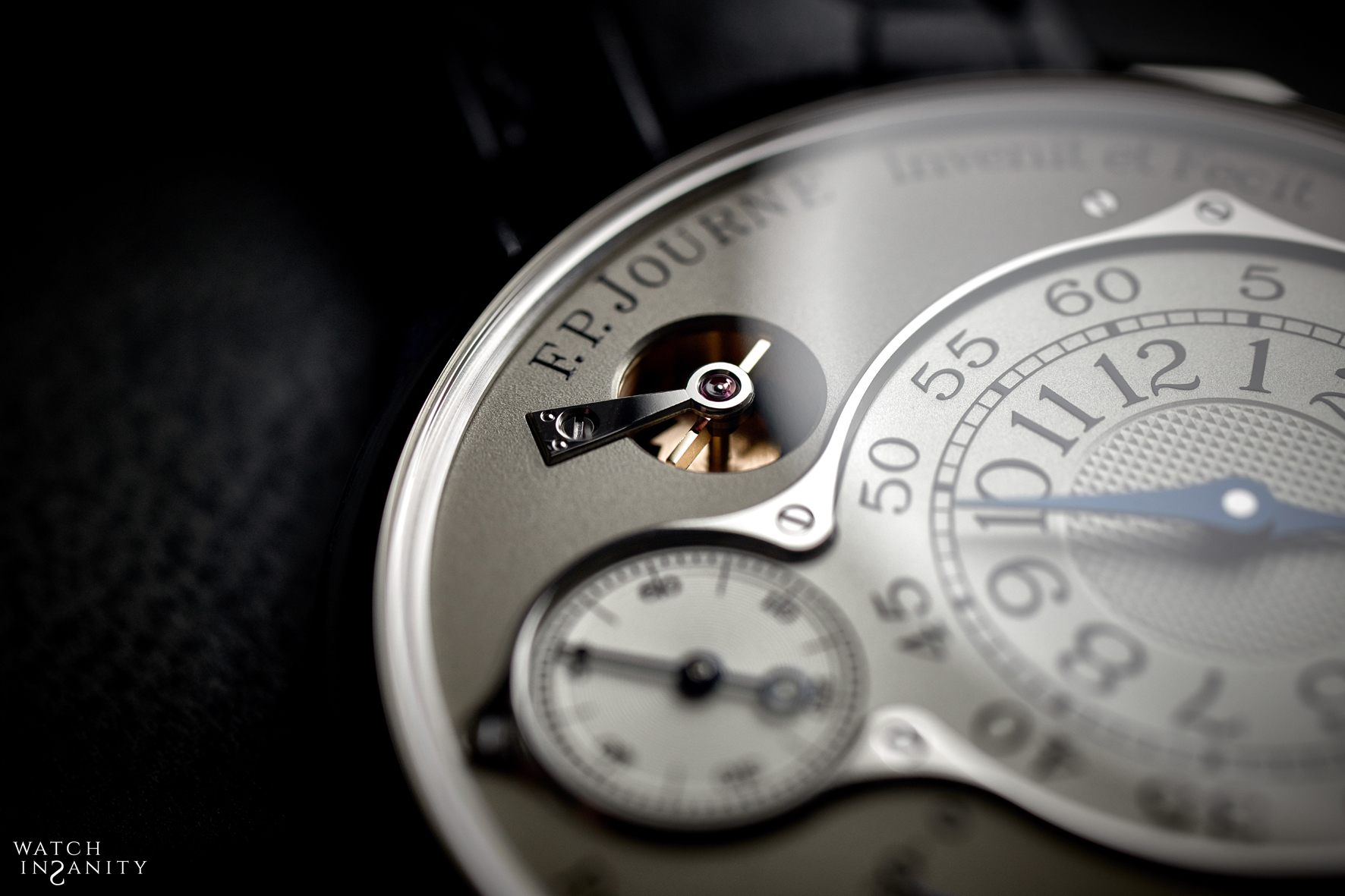
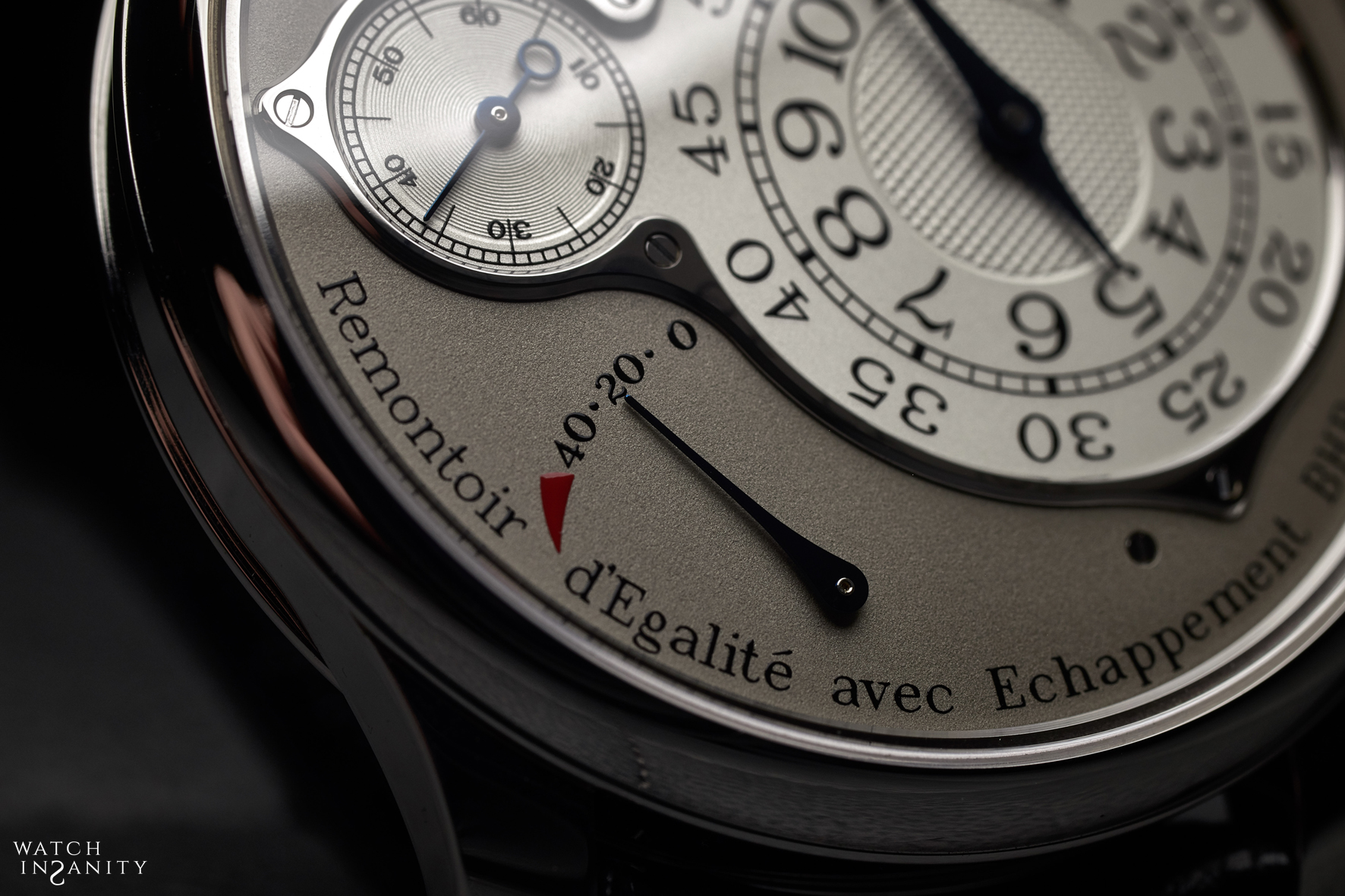
In the 18th century there were several direct impulse escapements: the spring detent or pivoted detent escapement, the Robin escapement, Breguet’s natural escapement, etc. All these escapements work without oil but are not suitable for wristwatches. Modern escapements are assumed to be self-starting and to have the stabilising features required to deal with arm movement. For this reason the EBHP has an original geometry enabling automatic starting and a configuration of ruby pallets blocking the escapement wheels at a specific angle, similar to the Swiss anchor escapement, enabling “recoil”. This isolates the blocking anchor from the balance in order to stabilise it during the movement of the wrist.” So, not only does EBHP High-Performance Bi-Axial Escapement function without lubricant, it also has far greater output than the majority of escapements: 50 hours without loss of amplitude.
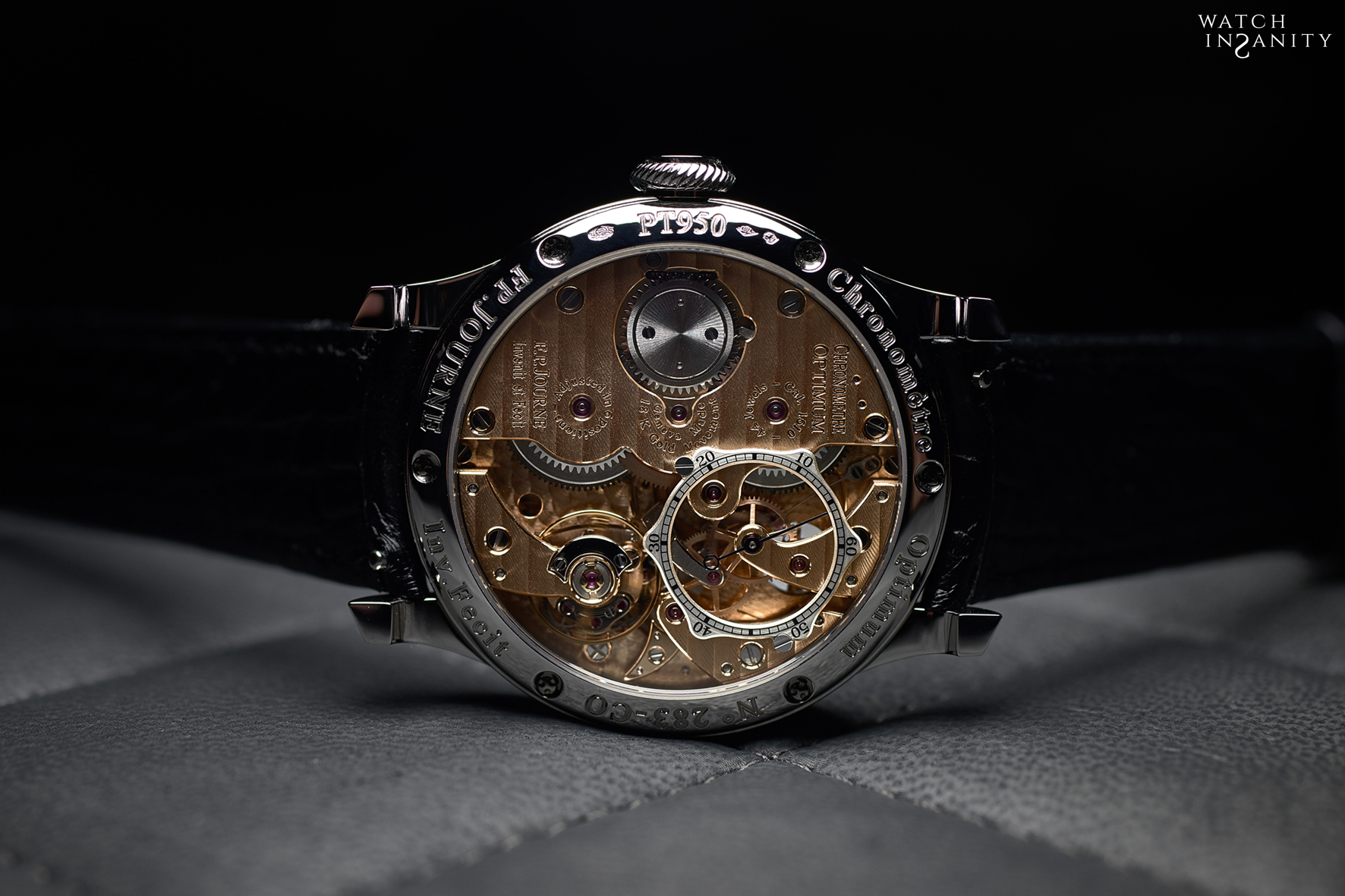
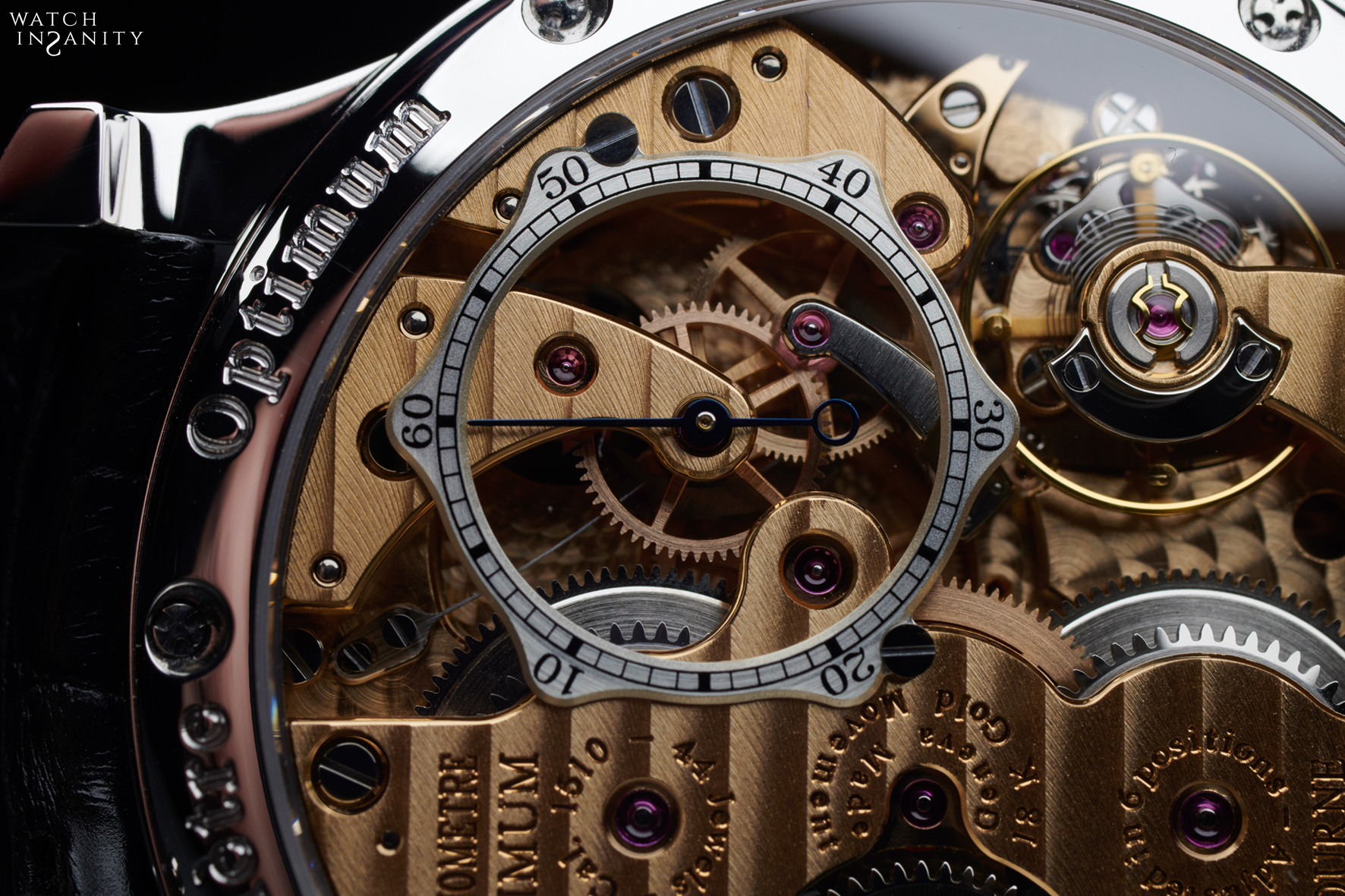
The aesthetics of the hour, minute and small second displays and of the 70-hour power reserve are in perfect harmony with the wheel of the constant-force remontoir visible on the face of the dial. The movement, realise in rose gold 18 ct (as typical in the F.P. Journe’s watches) is visible through the sapphire case back. The “dead beat seconds” (these consist in moving the second hand in increments of one second, as in quartz watches to allow the beginning and the end of the second to be read) defined by a circle of seconds screwed directly onto the gold bridges of the movement. Special features: these rotate in a counter-clockwise direction.
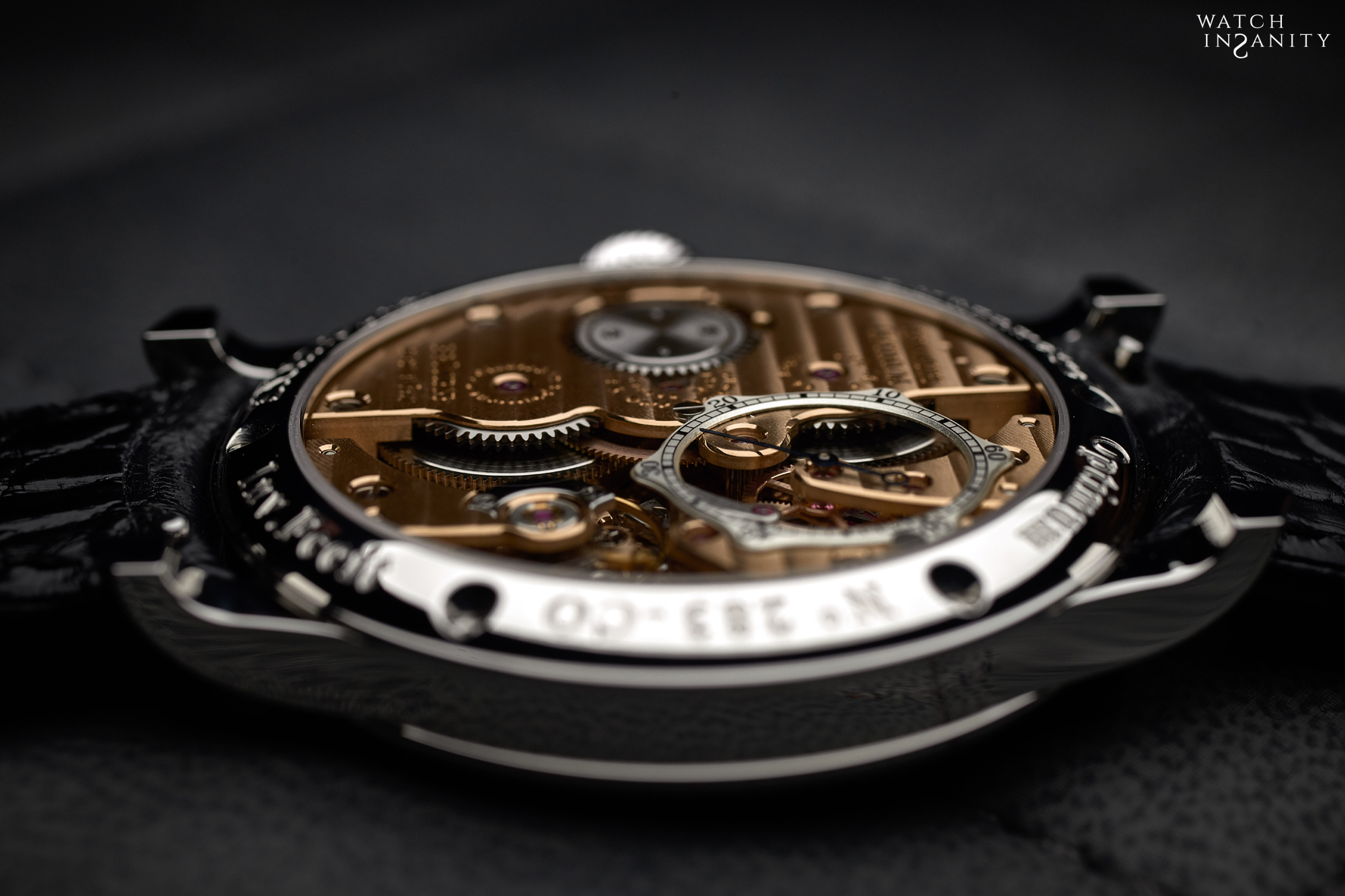
The Chronomètre Optimum is available in different versions: with a 40 or 42 mm Platinum (€.91.000) or 18ct red gold case (€.87.300), with a white gold or red gold dial, on a leather strap, Platinum or 18ct red gold bracelet.
Available at the Espace F.P. Journe Milan by GMT.
By Valeria Garavaglia
